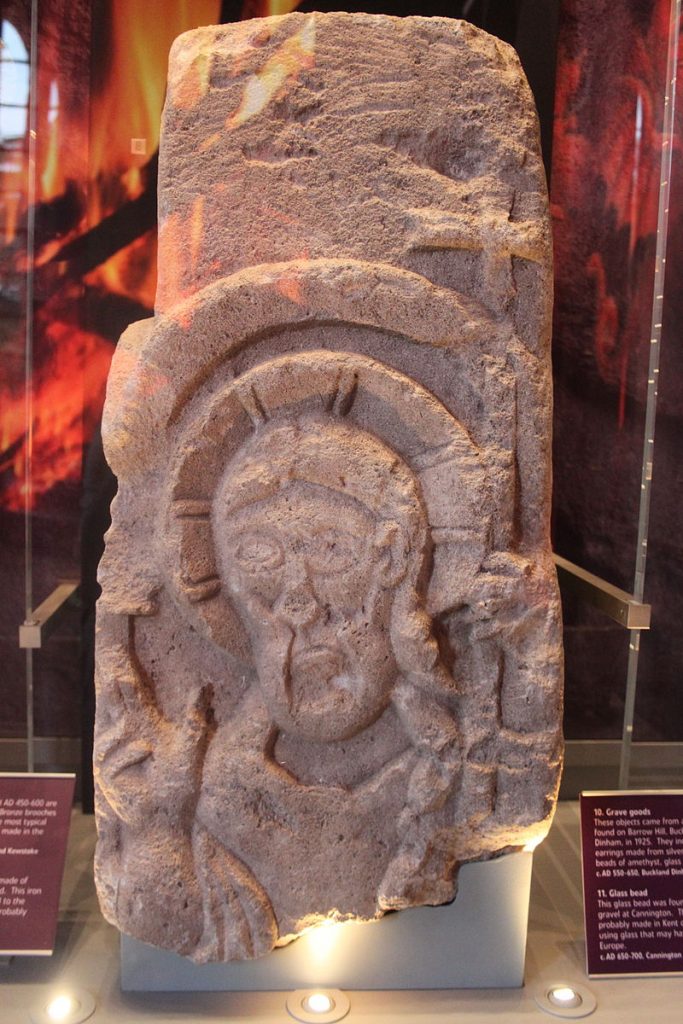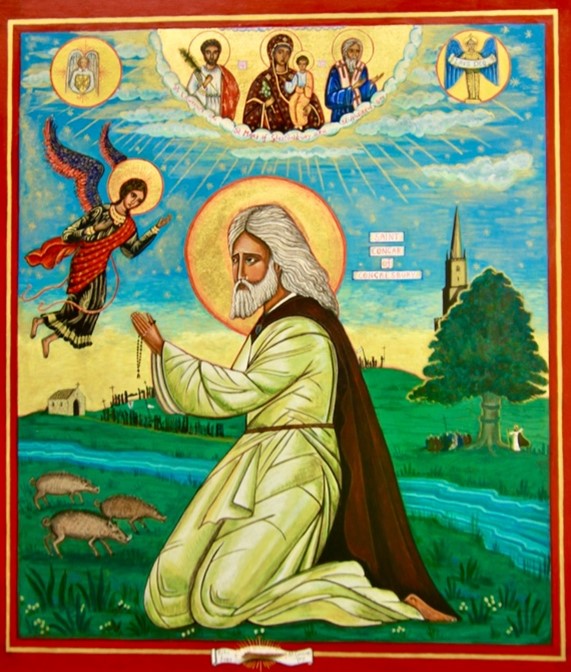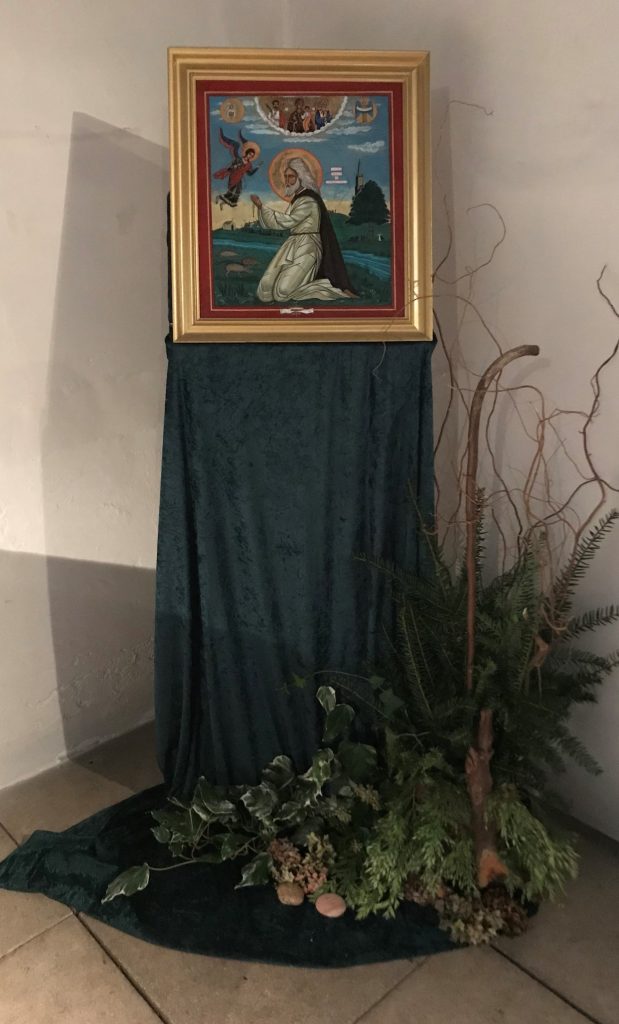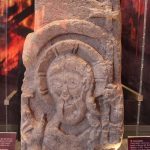On the fourth Sunday of November, we celebrate St. Congar’s Day (Feast Day 27th November). St. Congar lends his name to the village of Congresbury and gives us cause to hold a celebration of our village.
We have games and crafts, prizes and treats then end the evening’s festivities by lighting the beacon and having the traditional Conga line!

St. Congar : A History
St Congar…who was he?
[Based on The Story of Congresbury by Prebendary Alex S. Cran, Vicar of Congresbury (Redcliffe Press, 1983, ISBN 090545975X)]
Congresbury is traditionally thought to be named after St Congar – Congar’s bury (bury – Old English: enclosure). But the village has been called many things over the years – Comsbury (records at Banwell, 1700s), Congysbury (Yatton church records from 1447), Comysbery, Comysbure and Kyngesbury (ie the King’s bury); all close enough, perhaps. The current church is St Andrew’s – why not St Congar’s? An obvious question is whether or not St Congar actually existed or was he a mythic character in the tradition of mystic Celtic saints.

The research is thin but there is enough to suggest that he did exist (The Life of the Holy Congarus, a manuscript fromc.1150, held in the Lambeth Palace archives; Life of St Congar, an obscure treatise from sometime between 900-1000). Collinson’s History of Somerset (1791) says St Congar arrived in Congresbury around 711AD. This is based on the gift of land to the religious community at Congresbury by King Ine of Wessex – Ine was key in bringing Roman Christianity to Somerset (founding the first church at Wells in 705/706AD).
But it is more likely that St Congar came to the village much earlier – around 530/540AD. This fits with a version of St Congar’s story that saw Celtic missionaries arriving in the area from Wales – the Bishop of Llandaff, St Dubricius, sent three missionaries east – St Pedroc to Exmoor, St Decumen to Dunster (and then Wick St Lawrence) and St Congar to the old Iron Age and Roman settlement at the foot of Cadbury Hill. Here, he performed miracles (in a world without written record, the facts and the timeframe of such miracle-working is ‘vague’: he planted his staff in the ground and a yew tree grew; he drained the moors into farm land; he invested the site with such holiness that not even kings dared to approach. All true, of course: yew has always been grown in churchyards, used for fronds on Palm Sunday and away from cattle as they are poisonous; the land was drained by the Romans and their infrastructure was likely still there; after King Ine’s gift of land, no Saxon baron would dare try to encroach. His solitary cell (the site of the Merle Chapel now in the Church of St Andrew’s in the village) was added to by a wattle-and-daub church, soon replaced by stone, and shelters for 12 followers. Congresbury became a site of pilgrimage.
But, St Congar didn’t come from the dominant Roman Christian tradition. St Congar was a Celtic ascetic, preaching oneness with nature, personal reflection, abstemiousness, poverty, study of the Bible and the lives of the saints. St Augustine arrived in Canterbury in 597; the Synod of Whitby in 664 decided on Roman, not Celtic, worship and other religious details. As a Celtic saint, not canonised by the Papacy, his story faded as did so many other now obscure Celtic saints. The current church, built by Bishop Jocelin of Wells in 1215, ensured Congar’s 6th Century legacy was forgotten in the Roman Christian world of control, orthodoxy, tithes, purgatory, intercession, hierarchy, indulgences – sweeping Congar’s Celtic simplicity away for a more ‘modern’ Christianity where the Pope, bishops, treasurers and pardoners held sway.
The Legend of St. Congar
Legend says that he was the son of an Emperor of Constantinople, who in 711, fled from his home to avoid marrying the girl his parents had chosen for him. (Some put the date much earlier in the sixth century.)
After wandering through Italy and France, he came to Britain, and settled here. One strand of the legend says that he had a dream, in which an angel revealed to him where he was to live: in his dream he saw a wild boar, there he was to stay. Upon waking, St Congar saw a boar lying in a bed of reeds. On that spot he founded an oratory, dedicating it to the “Sacred and Undivided Trinity”.

In a legend, similar to that of Joseph of Arimethia’s thorn at Glastonbury, it is said that St Congar wished for a yew tree to provide shade; he planted his staff in the earth and on the following day it put forth leaves and grew into a wide-spreading tree. The legend also states that the King of Wessex, hearing of this miracle, granted land to St Congar, on which the saint built a stone church, and where he appointed twelve canons.
It is said that St Congar died on a pilgrimage to Jerusalem, but that his body was brought back to Congresbury for burial. His feast day was kept on the 27th of November.
Another tradition points to Congresbury as a place where a Christian bishop lived before the time of St Athelm. It is said that in 721 Bishop Daniel removed the bishop’s see from Congresbury to Wells.
More certain evidence of a very early religious community at Congresbury comes from the writings of the Welsh monk John Asser, who in an account of the life of King Alfred, written in 893, wrote of the year 886 “He called me to him at twilight on Christmas Eve and gave me two letters in which was a long inventory of all the goods in the two monasteries of Amgresbyri (one manuscript says Cungresbury) and Banuwille (Banwell)”. Whatever the precise historical details St Andrew’s church stands on a site long dedicated to Christ.
Did St Congar exist?
There is considerable evidence to substantiate the existence of St Congar although he is believed to be one of the worst recorded of all the British Saints. St. Congar’s chapel (now the Merle chapel in St Andrew’s church) was called this name throughout the middle ages. It was a place of pilgrimage, recorded in medieval pilgrim guides and in medieval wills where bequests were frequently made to St. Congar’s chapel.
St Congar’s shrine
In 1995 several pieces of carved stone were revealed that had been dug from the floor of a barn in Brinsea. Three substantial carved stones, and one smaller piece, now reside in Taunton County Museum. They have been dated to the end of the tenth or beginning of the eleventh century and are believed to have come from the shrine of St Congar constructed between 1033 and 1060. One piece is carved on two sides with two figures, Christ and an unknown saint. Two other pieces, nearly life size and carved with drapery, fit together and contain a fragment of a figure, showing the lower abdomen and knee. Is this a representation of St Congar himself?



Last Updated 22/07/2024

